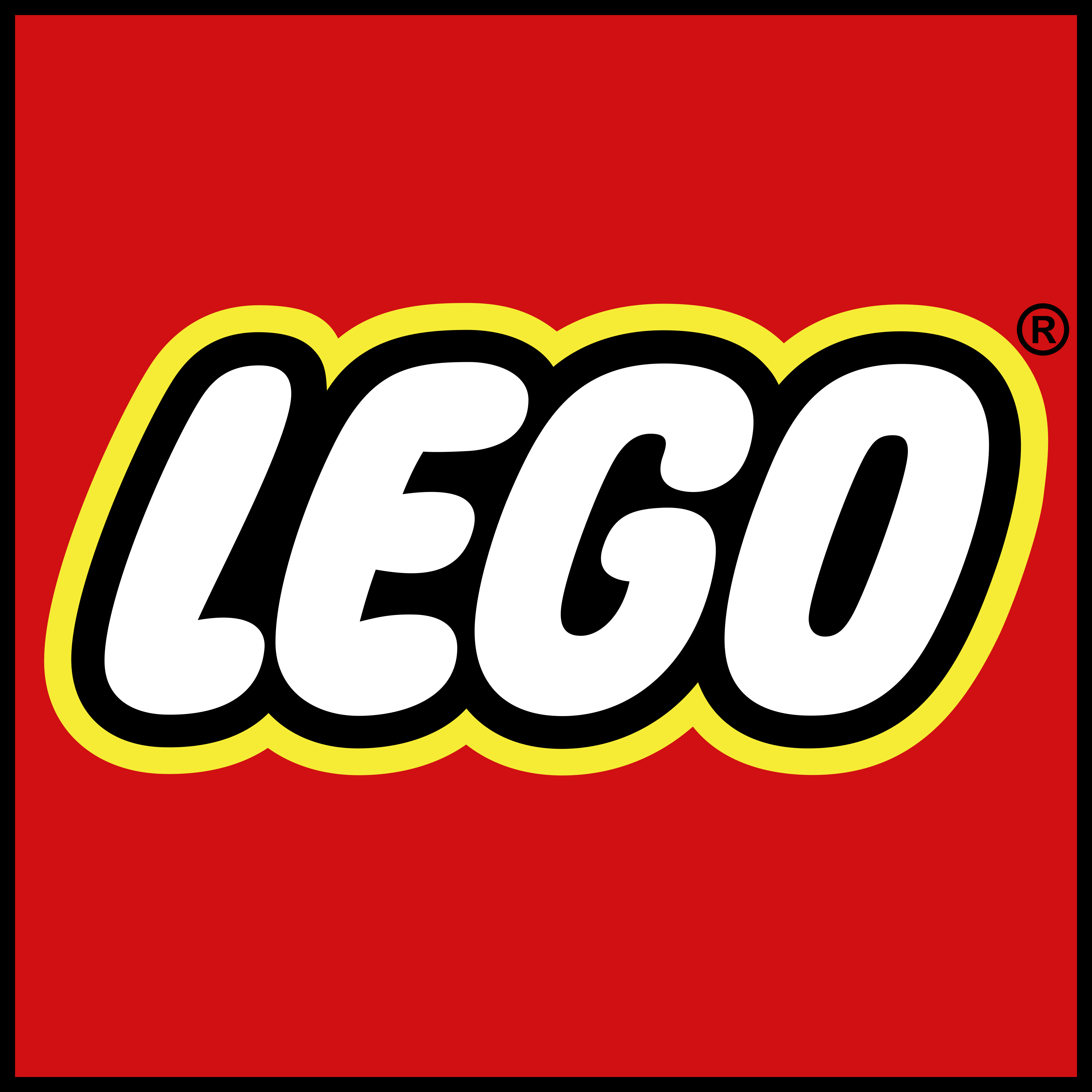About LEGO
LEGO is the official website of the LEGO Group, a Danish toy company known for its iconic plastic building bricks. The website serves as a hub for LEGO enthusiasts of all ages, offering a wide range of products, games, and interactive experiences.
Product Range
LEGO showcases an extensive collection of LEGO sets, including popular themes like LEGO City, LEGO Star Wars, LEGO Friends, and many more. From classic sets to the latest releases, the website provides detailed information about each product, allowing users to explore and purchase their favorite LEGO sets.
Building Instructions and Ideas
One of the key features of LEGO is the availability of building instructions and creative ideas. Users can access step-by-step instructions for building various LEGO models, ensuring that they can assemble their sets correctly. Additionally, the website offers inspiration for building custom creations, encouraging users to unleash their creativity.
LEGO Life
LEGO Life is an online community within LEGO where LEGO fans can connect, share their creations, and participate in challenges and competitions. Users can create their own LEGO avatar, join groups, and engage in discussions with fellow LEGO enthusiasts from around the world. LEGO Life provides a safe and interactive platform for fans to showcase their passion for LEGO.
Games and Apps
LEGO offers a variety of online games and mobile apps that provide entertaining experiences for LEGO fans. These games range from simple puzzles to immersive adventures, allowing users to engage with their favorite LEGO characters and themes in a digital environment. The website also provides links to download LEGO apps for smartphones and tablets.
LEGO Shop
The LEGO Shop, accessible through LEGO, is an online store where users can purchase LEGO sets, accessories, and exclusive merchandise. The shop offers a convenient shopping experience, with detailed product descriptions, customer reviews, and secure payment options. LEGO VIP members can also earn rewards and enjoy exclusive benefits when shopping through the website.
LEGO Education
LEGO provides resources for educators and parents through LEGO Education. This section of the website offers educational materials, curriculum support, and classroom solutions that utilize LEGO bricks to enhance learning in various subjects. LEGO Education aims to promote creativity, problem-solving skills, and critical thinking among students.
LEGO Foundation
The LEGO Foundation, a non-profit organization, is dedicated to promoting children's learning through play. LEGO features information about the foundation's initiatives and research on the importance of play in child development. The LEGO Foundation strives to inspire and equip children with the skills they need to become creative, engaged, and lifelong learners.
LEGO serves as a comprehensive platform for LEGO fans, offering a wide range of products, interactive experiences, and educational resources. Whether you are a child or an adult, the website provides a space to explore, create, and connect with the vibrant LEGO community. Visit LEGO to embark on a colorful journey into the world of LEGO!


